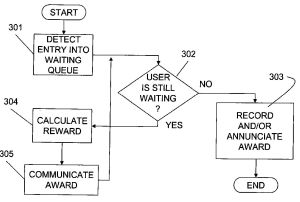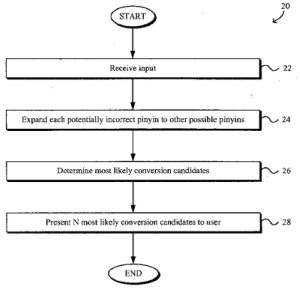Information Week reported that the Federal District Court for the Eastern District of Texas issued a permanent injunction against Buffalo Technology, a wireless LAN equipment vendor, in favor of the Australian science agency CSIRO. The court found Buffalo was violating CSIRO’s patent (U.S. Pat. No. 5,487,069) that is a core component of the IEEE 802.11a/g wireless LAN technology standard widely used in business and home networks.
The Information Week article reported:
Judge Davis’ decision is noteworthy because it seemingly contradicts the Supreme Court’s May 2006 ruling in another patent case, eBay v. MercExchange, in which the Court found that an injunction could be issued in an infringement case only if the plaintiff is actually in competition with the defendant — in other words, companies or individuals who seek to make money from patent holdings, rather than actual products and services, were unlikely to get injunctive relief.
[emphasis added]
Ebay’s Majority
However, the Supreme Court did not say that an injunction would never issue when the plaintiff is a non-competitor. In Ebay [PDF], the court specifically rejected categorical rules like the one suggested by Information Week. The Court said the district court in Ebay, went too far when the district court concluded “that a ‘plaintiff’s willingness to license its patents’ and ‘its lack of commercial activity in practicing the patents’ would be sufficient to establish that the patent holder would not suffer irreparable harm if an injunction did not issue.” 126 S.Ct. at 1840.
The Supreme Court recognized that “some patent holders, such as university researchers or self-made inventors, might reasonably prefer to license their patents, rather than undertake efforts to secure the financing necessary to bring their works to market themselves.” The Court concluded that such patent holders are not categorically excluded from the opportunity to obtain an injunction under the traditional four factored test.
In the Texas case, the court noted CSIRO is a scientific research organization of the Australian Federal Government. Like a university, CSIRO conducts scientific research and applies the efforts of that research to benefit the public at large.
Justice Kennedy’s Concurrence
Justice Kennedy noted that some firms use patents to obtain license agreements rather than to produce products. He warned that an injunction used by such firms could be “employed as a bargaining tool to charge exorbitant fees to companies that seek to buy licenses to practice the patent.” But in the next sentence he stated: “When the patented invention is but a small component of the product the companies seek to produce and the threat of an injunction is employed simply for undue leverage in negotiations, legal damages may well be sufficient to compensate for the infringement and an injunction may not serve the public interest.”
So Justice Kennedy’s comments about license-only plaintiffs might be limited to those whose patents cover only a small component of the defendant’s product. In any event, Justice Kennedy’s comments cannot be read to always prohibit injunctions in favor of license-only plaintiffs because that categorical rule was rejected by Justice Kennedy and the majority.
The Texas court referenced Justice Kennedy’s statement, and noted that CSIRO’s patent does not cover a small part of Buffalo’s product, but instead is the “core technology embodied in the IEEE’s 802.11a and 802.11g standards.”
Conclusion
The Texas court’s ruling does not contradict Ebay in the way suggested by Information Week.
[Commonwealth Scientific and Industrial Research Organisation v. Buffalo Technology Inc. — F.Supp.2d —-, 2007 WL 1739999 (E.D.Tex. 2007).]
[eBay Inc. v. MercExchange, L.L.C., 126 S.Ct. 1837 (2006).]
 Joff Wild of IAM Magazine predicts that the Federal Circuit’s en banc rehearing of the In re Bilsk case signals a move to restrict the patentability of software and business methods. He predicts that the Federal Circuits decision will bring the United States closer in line with how Europe treats this subject matter.
Joff Wild of IAM Magazine predicts that the Federal Circuit’s en banc rehearing of the In re Bilsk case signals a move to restrict the patentability of software and business methods. He predicts that the Federal Circuits decision will bring the United States closer in line with how Europe treats this subject matter.

 Tonight, the first
Tonight, the first 